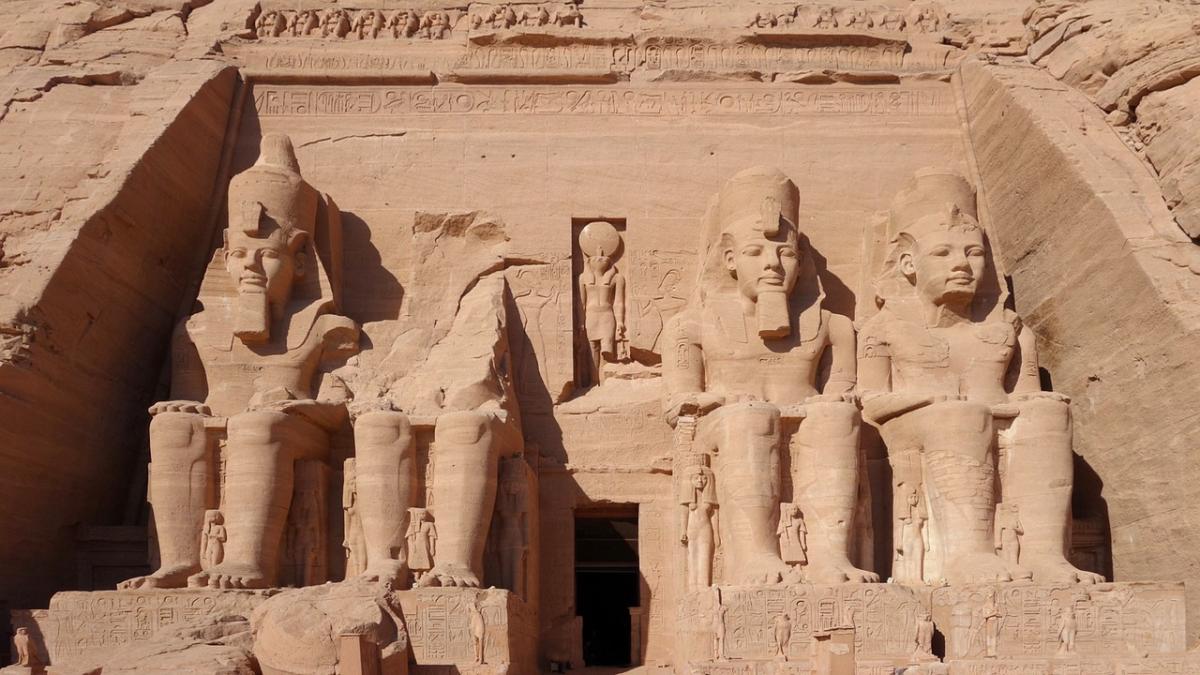
Discovering the temples of Abu Simbel and the picturesque city of Aswan
Abu Simbel is an ancient temple complex located on the western bank of the Nile River in Egypt. Dating back to the 13th century BC, this incredible archaeological site was constructed by Pharaoh Ramses II and consists of two temples dedicated to himself and his wife Nefertari. The larger temple is called the Great Temple of Abu Simbel, while the smaller one is known as The Small Temple of Abu Simbel. Both structures are incredibly well-preserved and feature intricate stone carvings depicting various scenes from Egyptian history and mythology.
Aswan lies nearby, at a distance of approximately 280km south from Cairo along the Nile river valley. It has long been a destination for those seeking an escape into nature's beauty; with its stunning landscapes, lush oases, towering mountains and ever-changing desert scenery it offers something truly unique for travellers keen to explore off-the beaten track locations - away from crowded tourist spots! Aswan also boasts many historical sites such as Philae Temple (dedicated to Isis) or Unfinished Obelisk which are both UNESCO World Heritage Sites worth visiting during your stay there. With its wealth of attractions ranging from outdoor activities like camel safaris through sand dunes or boat rides down the mighty river Nile to more cultural pursuits like exploring local markets or trying traditional dishes; there’s something for everyone in this bustling city!
History of the Temples of Abu Simbel
The Seti I Temple, named after King Seti I who reigned during 1290-1279 BC, is the first temple of Abu Simbel. This impressive structure was built in honour of the god Amun-Re and features four colossal statues of the Pharaoh seated on a throne at its entrance. Inside the temple are several chambers carved with hieroglyphs that tell stories about his reign. The walls also depict scenes from Egyptian mythology as well as many depictions of gods and goddesses such as Osiris and Isis.
The Rameses II Temple, constructed by Ramses II to commemorate his victories over various foreign nations, is slightly larger than the Seti I Temple. It stands out for its grandeur; two massive 20m high statues depicting Ramses himself flank either side of its entrance while four smaller ones represent some members of his family including Nefertari -his beloved wife. Just like in the other temple there are multiple chambers inside which have been intricately decorated with hieroglyphic inscriptions describing events from Pharaoh’s life together with relief sculptures depicting battles he fought against other rulers or showing him offering gifts to different gods and goddesses.
The City of Aswan
Aswan is home to a vibrant market culture, and its many souks are an ideal place to pick up some unique souvenirs or bargain for local items. Explore the bustling streets filled with colourful stalls selling everything from spices to textiles, jewelry and antiques. You can even find traditional crafts such as hand-woven baskets and metalwork! With so much on offer in the souks you’re sure to find something special during your stay there.
Another must-see attraction in Aswan is Philae Temple, situated on an island in the middle of the Nile River. Dedicated to Isis - goddess of nature and magic - this temple was once part of a complex which included other shrines dedicated to different gods associated with fertility and healing. It remains one of Egypt’s most beautiful ancient sites; its impressive columns, statues and hieroglyphic inscriptions depicting tales from Egyptian mythology make it well worth visiting if you have time while exploring Aswan!
Finally no trip would be complete without marveling at the magnificent Aswan Dam; constructed between 1898 - 1902 this structure has been vital for controlling flooding along the river since its completion. Get close enough to feel mist coming off cascading waterfalls or take a boat ride downstream for views over this remarkable feat of engineering that continues today!
Getting Around Abu Simbel and Aswan
Travelling around Abu Simbel and Aswan on foot is the best way to take in the sights, sounds and atmosphere of this ancient region. On dry days, a leisurely stroll along the Nile River can be incredibly enjoyable, with plenty of opportunity to stop off at local attractions or rest up at one of many cafes or restaurants that line its banks. Keep an eye out for historical sites such as temples, tombs and monuments which are dotted throughout the area; you’ll also have a chance to explore some beautiful gardens during your wanderings! Be sure to bring comfortable shoes and sunscreen if you plan on walking around during hot summer months - temperatures can get quite high in Egypt at this time of year!
If you’re looking for something a little more adventurous then why not try travelling by boat? The Nile River provides an easy route between both cities meaning it’s possible to travel from Abu Simbel all the way downriver past Aswan without ever leaving your vessel. Here you will find everything from traditional wooden feluccas (a type of sailboat) through to modern motorboats offering tours along the river - no matter which method of transport you choose there are plenty opportunities for sightseeing en route including stunning views over lush oases set against rugged desert mountainside. You may even spot some wildlife like crocodiles basking in sun along shorelines!
Traditional Crafts and Food
Abu Simbel and Aswan are both known for their rich cultural heritage and vibrant markets where visitors can find a wide range of traditional crafts and food. Traditional crafts from the area include hand-woven baskets, metalwork, pottery, jewellery and textiles - all crafted with intricate detail that reflects local culture. When it comes to food, you’ll find plenty of delicious dishes such as koshari (a rice-based dish) or fuul medames (a fava bean stew) alongside more modern international fare like pizza or burgers!
The best way to experience this array of different foods is by visiting one of Abu Simbel's many souks; here you'll be able to purchase fresh produce direct from local farmers as well as sample some tasty snacks sold by street vendors. The bustling atmosphere in these markets provides an ideal opportunity to get a glimpse into everyday life here while picking up some interesting souvenirs at the same time! For those looking for something more upscale there are also several restaurants located around town offering a range of cuisines including Egyptian, Middle Eastern and Western dishes.
In Aswan too there are numerous opportunities for indulging in traditional food - whether it’s sampling freshly cooked falafel sandwiches on the bankside or enjoying dinner at one of its fine dining establishments overlooking the Nile River. There is no shortage of places selling unique handicrafts either; visit the famous Nubian Village Market which offers everything from carved wooden figurines through to handmade scarves - perfect gifts for friends back home!
Conclusion
Travelling to Abu Simbel and Aswan is an incredible experience, offering a chance to explore some of the world’s most fascinating historical sites. From the awe-inspiring Seti I Temple and grand Rameses II Temple of Abu Simbel through to the vibrant souks, markets and cultural attractions in Aswan - there’s something for everyone here! Exploring this region on foot or by boat allows visitors to take in all its beauty while discovering unique souvenirs or sampling local cuisine along the way. Whether it’s exploring ancient temples, enjoying sights of lush oases set against rugged desert mountainside or simply indulging in delicious traditional food; there are countless reasons why anyone would want visit these remarkable places!
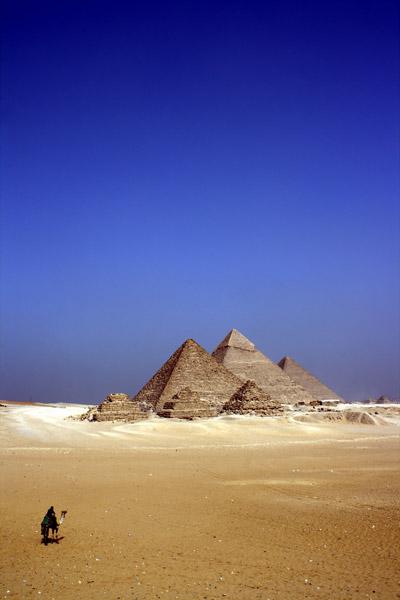
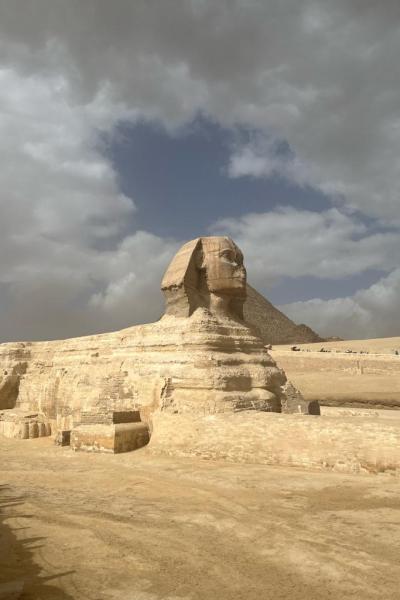
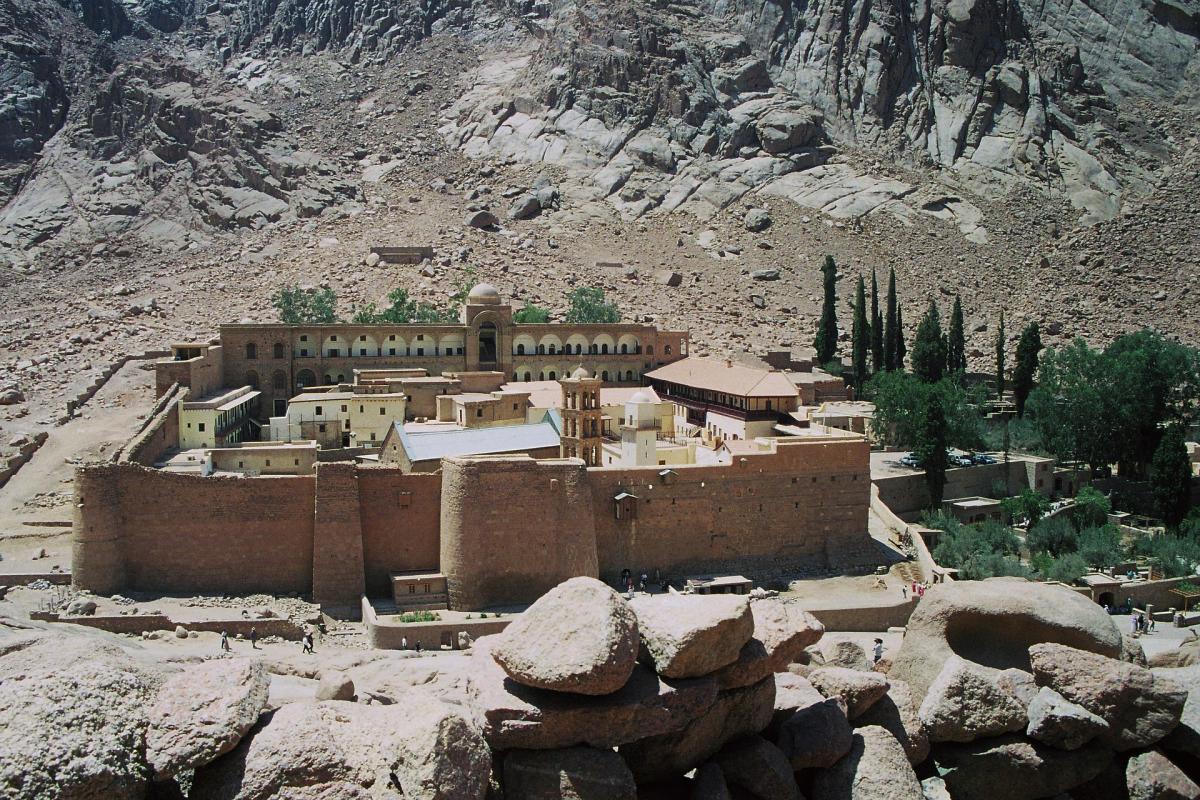
Nestled at the foot of Mount Sinai in the rugged heart of the Sinai Peninsula, Egypt, Saint Catherines Monastery stands as a testament to centuries of faith, history, and art. Officially known as the Sacred Autonomous Royal Monastery of Saint Catherine of the Holy and God-Trodden Mount Sinai, it is the...
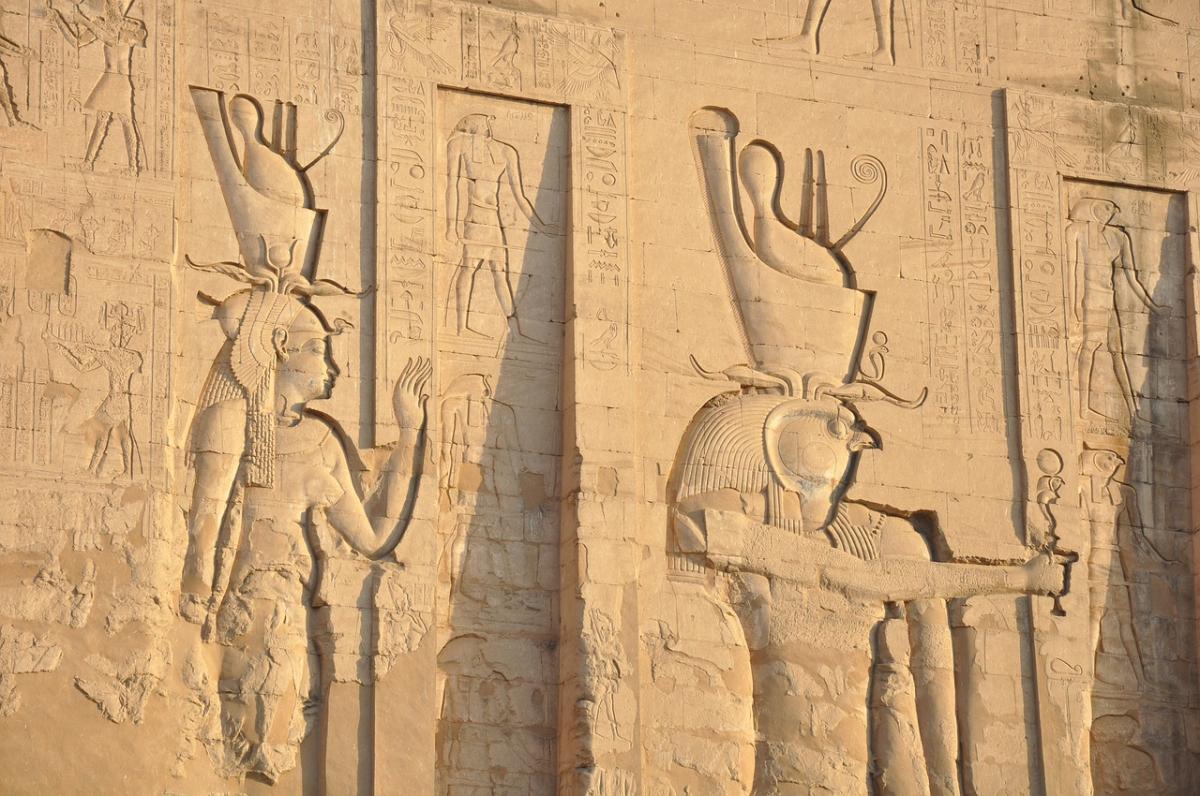
Egypt, a nation at the crossroads of Africa and the Middle East, boasts a culture that is as rich and layered as its millennia-old history . From the monumental legacy of the Pharaohs to the enduring influence of Coptic Christianity and the pervasive traditions of Islam, Egyptian culture is a vibrant...
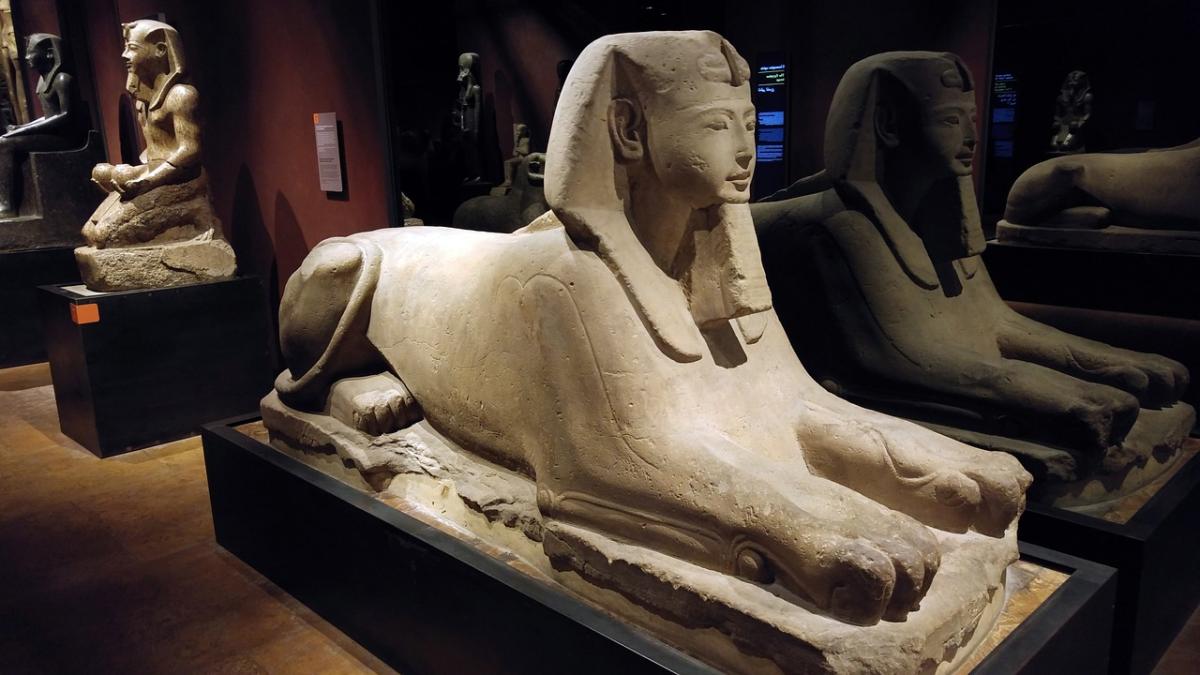
Located in the heart of Cairo on Tahrir Square, the Museum of Egyptian Antiquities, commonly known as the Egyptian Museum, stands as the oldest archaeological museum in the Middle East . For over a century, it has been the worlds foremost repository of Pharaonic antiquities, offering an unparalleled...